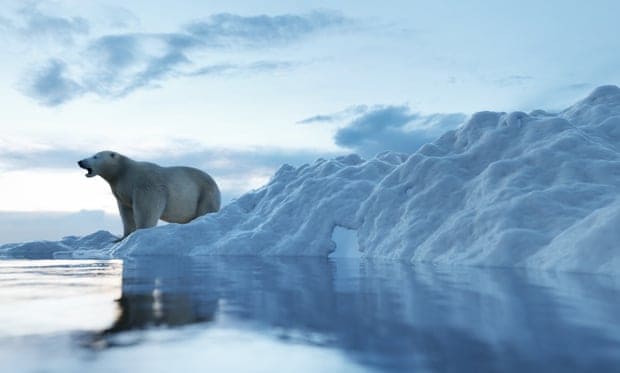Effect seen across much of world will have profound consequences, warn scientists
The climate crisis is heating up nights faster than days in many parts of the world, according to the first worldwide assessment of how global heating is differently affecting days and nights.
The findings have “profound consequences” for wildlife and their ability to adapt to the climate emergency, the researchers said, and for the ability of people to cool off at night during dangerous heatwaves.
The scientists compared the rises in daytime and night-time temperatures over the 35 years up to 2017. Global heating is increasing both, but they found that over more than half of the world’s land there was a difference of at least 0.25C between the day and night rises.
In two-thirds of those places, nights were warming faster than the days, particularly in Europe, west Africa, western South America and central Asia. But in some places – southern US, Mexico and the Middle East – days were warming faster.
The changes are the result of global heating causing changes to clouds. Where cloud cover increases, sunlight is blocked during the day but the clouds retain more heat and humidity at night, like a blanket.
This leads to nights getting increasingly hotter compared with days. Where cloud cover is decreasing, mostly in regions that are already dry, there is more sunlight during the day, which pushes temperatures up more rapidly.
Ecosystems have evolved as fine balances between species and many biological activities, such as feeding, occur at specific times of day. So the asymmetric changes between night and day temperatures in many parts of the world “will have profound consequences for the species inhabiting those regions and their ability to adapt in the face of the changing climate”, the scientists said.
The research is published in the journal Global Change Biology.
Daniel Cox, a research fellow at the University of Exeter and leader of the study, said: “We demonstrated that greater night-time warming is associated with the climate becoming wetter, and this has been shown to have important consequences for plant growth and how species, such as insects and mammals, interact.
“Species that are only active at night or during the day will be particularly affected.”
Wildlife is already in deep trouble, with global populations having plunged by an average of 68% since 1970.
Some changes caused by temperature rises have previously been recorded by other scientists. The predation of aphid insects and the hunting by African wild dogs are increasing at night, potentially upsetting food chains.
In the US, night-time temperatures have increased at twice the rate of daytime temperatures, exacerbating the dangers of heatwaves that already kill more Americans than any other natural disaster.
Cox’s team also looked at vegetation growth and found that it was reduced where nights were getting warmer faster than days, probably because the increased cloud cover blocks the sun.
However, plant growth was also reduced in places where the days warmed more, as there were fewer clouds and less rainfall. Both effects are likely to cut crop yields and, for example, reduce nectar and pollen production that many insects rely on.
Mark Wright, the director of science at WWF-UK, said: “While it’s too early to determine the impact on any individual species, this potentially significant finding provides further evidence of the imbalances being forced on nature by humankind.
“We know we need to take urgent action to halt and reverse humanity’s impact on nature, including rapid and deep cuts to greenhouse gas emissions.”
Overviews of the climate crisis often focus on average global temperature rises, but the impacts vary widely around the world. Previous climate studies have shown that some areas, such as the Arctic and Himalayan plateau, are heating up much faster than elsewhere and that spring is coming earlier and frosts and snow are becoming less common.

